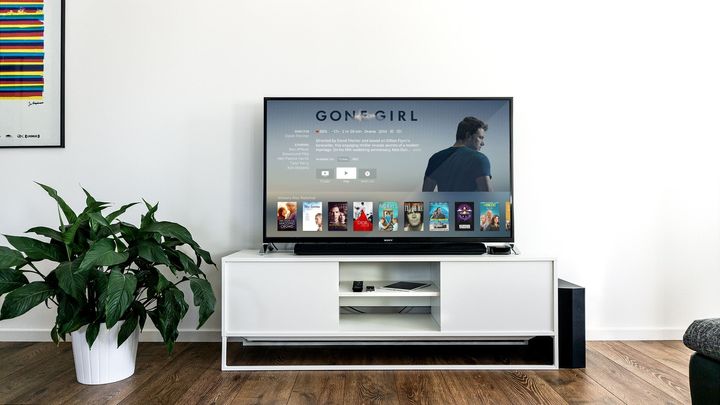
In 1996, the UN proclaimed 21st November as World Television Day “in recognition of the increasing impact television has on decision-making”. Television continues to permeate our lives and the decisions we make, but today, the word conjures up thoughts far beyond the heavy-duty TV boxes of the 1990s. The way we consume media is changing rapidly and the once loyal TV viewers are becoming increasingly distant from traditional broadcasters.
Commitment issues
In the US, where cable access was once treated as a utility much like electricity or water, broadcasters are dealing with a mass exodus of paying customers. Cable, satellite, telecoms and TV services lost a total of 1.7 million paid subscribers last year as consumers shift away from traditional channels and towards on-demand and personalised streaming services. The US is not alone in this battle; across the globe, broadcasters are being out-bid by cash-rich and on-demand technology players such as Amazon, Netflix and most recently Apple, leading to vast amounts of traditional subscription cancellations.
However, in many ways, we are living a golden age for television. Technology giants have raised the bar, spending more than ever before on high quality shows. It has become clear that to keep up, broadcasters need to make sure that they are investing more money on producing shows and films that draw in audiences. But in order to spend additional budget on production, cost savings need to be made elsewhere.
That is why broadcasters are using technology to streamline back-end operating costs. Automating back-end operations is a crucial step towards greater agility, enabling broadcasters to maximise revenue from content. A good example of this is UKTV’s recent investment in a new broadcast management system to provide greater flexibility to schedule and manage content across its channel brands and support Video on Demand viewing.
However, content production is not the only battleground. If a TV catch up or streaming service is not easy to use, then consumers will switch off. To compete, broadcasters need to look to technology again to speed up development cycles and improve back-end systems such as search through, for example, artificial intelligence and harvesting metadata. Paired with voice control, the technology could be a significant draw. If a viewer can sit down in front of the screen and simply say “play me the next episode of the drama I was watching last night,” broadcasters have a chance of winning back some customer loyalty through providing a slick customer experience and reducing any friction along the customer journey.
Some broadcasters are reacting to this challenge, understanding the need to operate differently. For instance, the BBC recently announced it will be using artificial intelligence (AI) to improve its programmes and online services through partnerships with eight UK universities. This use of AI to boost the customer experience means that broadcasters can then invest additional time and effort into the front of screen services.
Feeding a fickle audience
New entrants are setting an example to established broadcasters of what is possible. In the world of Netflix, Amazon and Hulu, consumers no longer have a go-to channel. Broadcasters are challenged with making sure content is ready and available when and where their audiences want it and of course, that it is easy to find. Some, such as Sky, have launched ‘pop-up’ channels focused on specific themes or franchises such as James Bond, as a way to maintain audience interest. For example, the broadcaster launched a dedicated pop-up service for Halloween, where the channel screened only horror-themed movies for the week leading up to the day.
However, broadcasters are constantly playing catch up, as organisations such as Netflix, bring industrialised approaches to the content supply chain.
Netflix, now supports up to 20 different languages, meaning multiple versions of every piece of content have to be continuously created, a huge operational challenge. To keep up with the high demand for localised content, translation has become a growing part of its operations. Content localisation has traditionally been managed via a third-party language house, however disruptors like Netflix are now looking to streamline the supply chain process. To help standardise the quality and boost the speed and volume of localisation, it recently introduced its own online subtitle translation platform, Hermes. By streamlining these operating costs, it is better placed to generate sufficient income from the content, enough to guarantee sufficient funds for future productions.
While Netflix’s business model may not be sustainable for all broadcasters today, much can be learnt from these new digital focused entrants. From AI to the cloud, it is time for broadcasters to review legacy IT systems and consider technologies that will help streamline operations, adapt to evolving viewer appetites and focus spend on bringing relevant, quality services to their audiences more quickly
